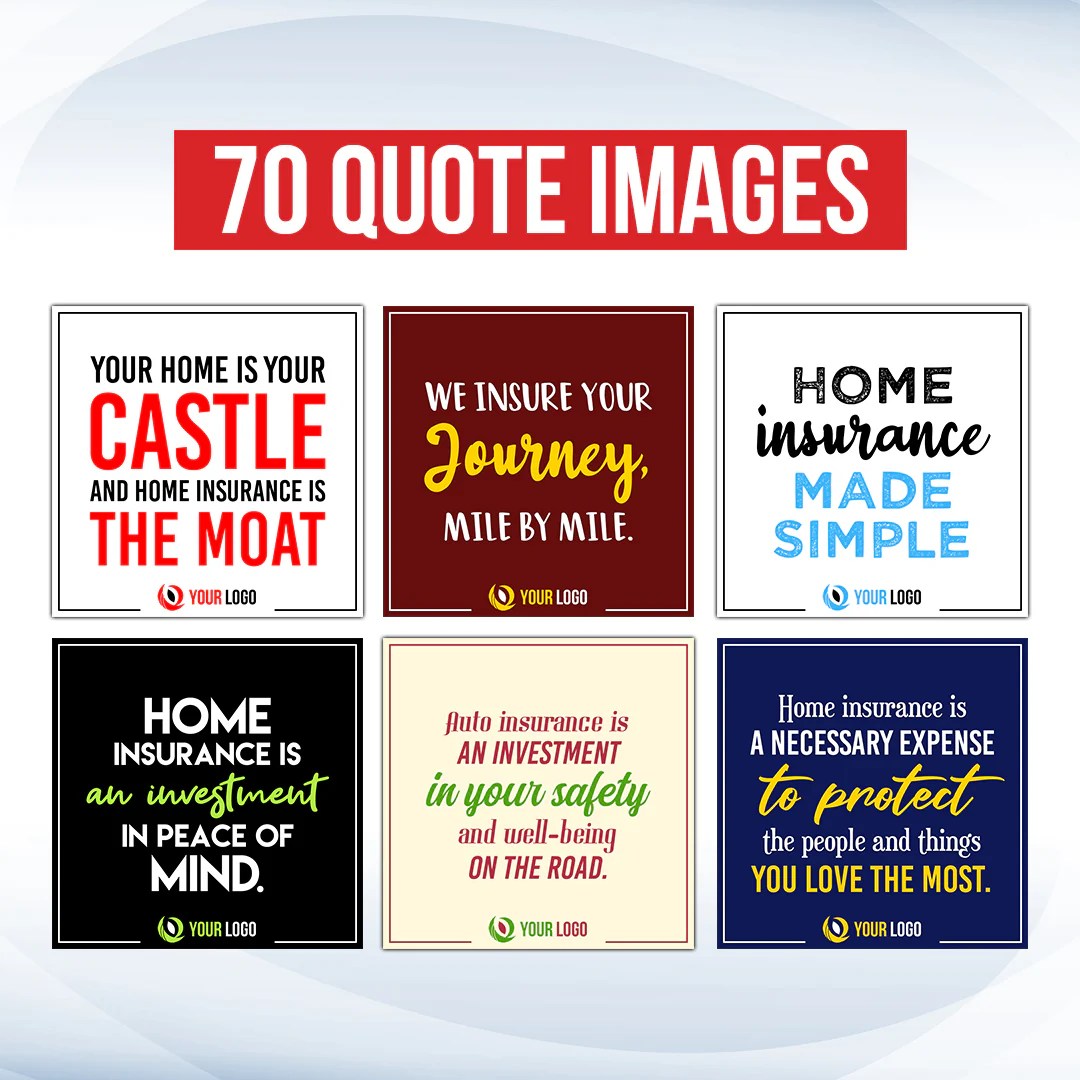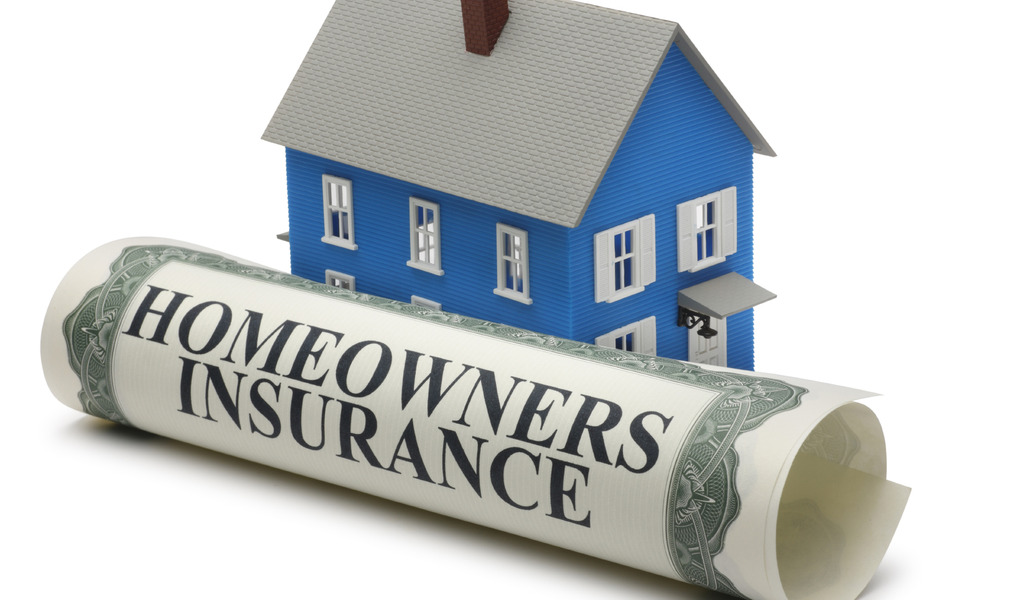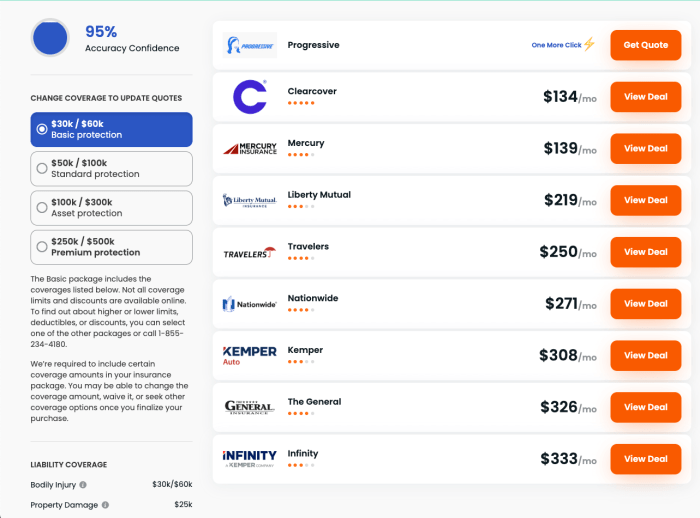Navigating the world of insurance can feel like deciphering a complex code. Finding the right auto and homeowner insurance quotes requires careful consideration of numerous factors, from coverage levels to pricing strategies. This guide aims to illuminate the process, empowering you to make informed decisions and secure the best protection for your assets.
We’ll explore the intricacies of comparing quotes from different providers, understanding the factors influencing premium costs, and recognizing the value proposition of bundling your policies. By the end, you’ll possess a clearer understanding of how to secure comprehensive coverage at a competitive price, ensuring peace of mind for your home and vehicle.
Bundling Options and Their Value Proposition

Bundling your auto and homeowner’s insurance policies is a common strategy that can lead to significant savings and streamlined insurance management. By combining these policies with a single provider, you can often negotiate better rates and simplify the claims process. However, it’s crucial to weigh the potential benefits against any potential drawbacks before making a decision.
Bundling offers several advantages, primarily financial. Insurance companies often offer discounts for bundling policies, as it reduces their administrative costs and increases customer loyalty. This discount can translate to substantial savings over the life of your policies. Furthermore, having all your insurance needs handled by a single provider simplifies billing and communication, making it easier to manage your insurance needs. However, it’s important to note that bundling isn’t always the most cost-effective option. You should compare bundled rates with the individual rates offered by different insurers to ensure you’re getting the best deal. Choosing a bundle might also limit your choice of coverage options or increase your risk if the insurer experiences financial difficulties.
Bundling Options Offered by Insurance Providers
Insurance providers offer a variety of bundling options to cater to different customer needs. These options often extend beyond just auto and homeowner’s insurance. For example, some insurers offer packages that include umbrella liability coverage, which protects your assets beyond the limits of your auto and home policies. Others may include renters insurance, life insurance, or even pet insurance in their bundled offerings. A common example is a bundle that combines auto insurance, homeowner’s insurance, and umbrella liability insurance, offering comprehensive protection at a potentially discounted rate. Another option might include auto insurance, renter’s insurance, and identity theft protection. The specific bundles available will vary depending on the insurance provider and the customer’s individual needs.
Hypothetical Marketing Campaign: “One Stop Shop for Peace of Mind”
This campaign would emphasize the convenience and cost savings of bundling. The campaign’s core message would be that by bundling their auto and homeowner’s insurance, customers can simplify their lives and save money. Marketing materials would feature a clear, easy-to-understand comparison of the cost of separate policies versus bundled policies, highlighting the potential savings. The campaign could utilize various channels, including online advertising, social media campaigns, and television commercials. One example of a television commercial could show a busy family juggling multiple bills and insurance paperwork, transitioning to a scene where the same family is relaxed and enjoying their time together, having consolidated their insurance through a bundled package. The campaign would also showcase testimonials from satisfied customers who have benefited from bundling their policies. The overall tone would be reassuring and positive, emphasizing the peace of mind that comes with having all your insurance needs handled by a single, trusted provider. This approach aims to attract customers who value convenience and financial savings.
Customer Experience and User Journey Mapping

Understanding the customer journey is crucial for optimizing the insurance quote process. A well-mapped journey highlights areas of friction and allows for targeted improvements, leading to increased customer satisfaction and conversion rates. This section details a typical customer journey, identifies potential pain points, and suggests solutions for a smoother, more efficient experience.
User Journey Map for Obtaining Auto and Homeowner Insurance Quotes
The following illustrates a typical user journey for a customer seeking auto and homeowner insurance quotes. This map considers both online and offline interactions.
| Stage | Action | Customer Thoughts/Feelings | Pain Points/Friction Points |
|---|---|---|---|
| Awareness | Customer recognizes need for insurance (e.g., new car, new home, policy renewal). | Uncertainty, potential anxiety about cost and coverage. | Lack of clear information about available options. |
| Search & Comparison | Customer searches online for insurance providers, compares prices and coverage. | Frustration with complex terminology, difficulty comparing apples-to-apples. | Inconsistent information across websites, confusing policy details, long comparison times. |
| Quote Request | Customer requests quotes from multiple providers. | Hopeful for competitive pricing, concerned about providing personal information. | Lengthy forms, multiple requests for the same information, concerns about data privacy. |
| Quote Review & Selection | Customer reviews quotes, compares coverage and pricing. | Confusion about policy differences, difficulty understanding value proposition. | Lack of clear explanations of coverage, jargon-heavy policy documents, pressure to make a quick decision. |
| Purchase & Onboarding | Customer selects a policy and completes the purchase process. | Relief at completing the process, anticipation of future needs. | Complex payment options, unclear next steps, lengthy paperwork. |
| Post-Purchase | Customer receives policy documents, communicates with the insurer as needed. | Satisfaction with service, or frustration with slow response times or unclear communication. | Poor customer service, difficulty accessing policy documents online, lack of proactive communication from the insurer. |
Potential Pain Points and Friction Points
Several pain points consistently emerge during the customer journey. These include: complex and confusing terminology, lengthy forms and applications, inconsistent information across different providers, concerns about data privacy, and difficulty comparing policies effectively. Additionally, poor customer service and a lack of clear communication can significantly impact the customer experience. For example, a customer might spend hours comparing policies online only to find the application process is cumbersome and requires multiple phone calls. Or, a customer might feel overwhelmed by the sheer volume of information presented, leading to decision paralysis.
Improvements to the Customer Experience
Addressing the pain points identified above requires a multi-pronged approach. Improvements could include:
- Simplified Language and Clear Explanations: Use plain language, avoid jargon, and provide clear, concise explanations of policy terms and coverage options. Visual aids, such as infographics, can also be helpful.
- Streamlined Application Process: Reduce the number of questions on application forms, pre-fill forms where possible using existing data, and offer multiple application channels (online, phone, in-person).
- Improved Online Comparison Tools: Develop user-friendly comparison tools that allow customers to easily compare policies side-by-side based on key criteria.
- Enhanced Data Privacy and Security Measures: Clearly communicate data privacy practices and implement robust security measures to build customer trust.
- Proactive and Responsive Customer Service: Provide multiple channels for customer support (e.g., phone, email, chat), offer quick response times, and proactively communicate with customers throughout the policy lifecycle.
- Personalized Communication: Tailor communication to the individual customer’s needs and preferences, providing relevant information at the right time.
Last Recap

Obtaining optimal auto and homeowner insurance quotes involves a strategic approach. By carefully comparing providers, understanding the nuances of coverage, and leveraging bundling options, you can significantly enhance your financial protection. Remember, the right insurance isn’t just about cost; it’s about securing the peace of mind that comes with knowing you’re adequately protected against unforeseen circumstances. Take the time to research, compare, and choose wisely.
Expert Answers
What is the difference between liability and comprehensive coverage for auto insurance?
Liability coverage pays for damages you cause to others, while comprehensive coverage protects your vehicle from damage caused by events outside your control (e.g., theft, weather).
How often should I review my homeowner’s insurance policy?
It’s advisable to review your homeowner’s insurance annually or whenever significant changes occur (e.g., renovations, additions, changes in value).
Can I get a quote without providing my personal information?
Some websites offer preliminary quotes without requiring extensive personal information; however, to obtain a precise quote, you will generally need to provide details.
What is the impact of my credit score on insurance premiums?
In many states, your credit score influences your insurance premiums. A higher credit score typically results in lower premiums.
What are the benefits of bundling my auto and homeowner’s insurance?
Bundling often leads to discounts on both premiums and provides convenience in managing your policies under one provider.